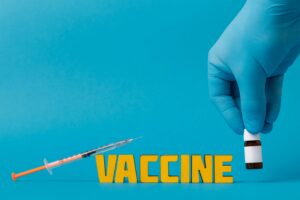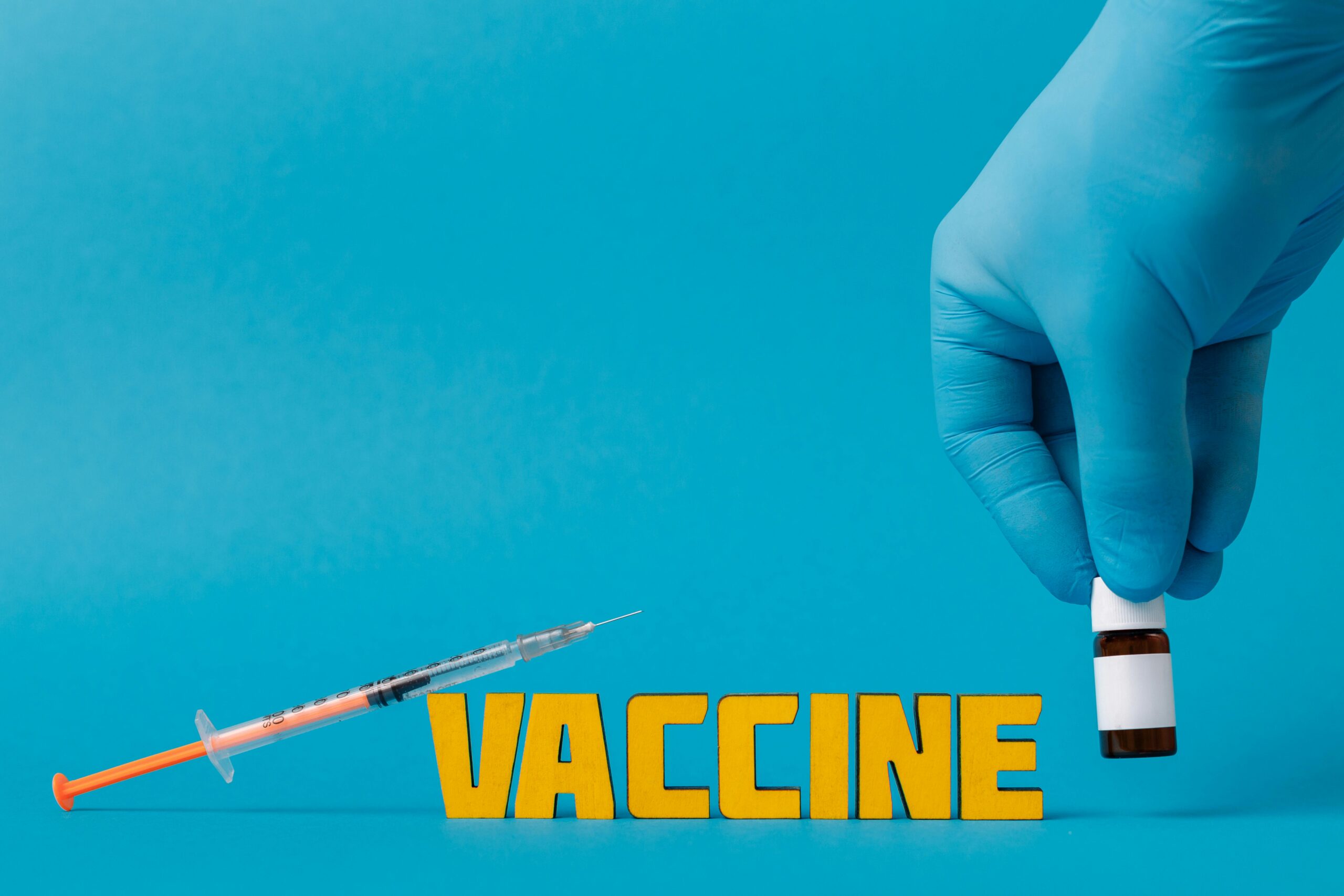Score a 100 on your child’s health🎯! : A guide to India’s Free Vaccine Program

National Immunisation Schedule: India’s Lifesaving Vaccine Plan
Immunisation is one of the most effective public health strategies to protect children and adults from life-threatening diseases. India’s National Immunisation Schedule (NIS) is a government-led initiative that provides free, timely vaccinations to children, pregnant women, and high-risk groups across the country.
Through this program, millions are protected each year from preventable diseases—saving lives and reducing the burden on families and the healthcare system.
What is the National Immunisation Schedule?🤔
The National Immunisation Schedule (NIS) is a standardized timetable of vaccines provided under the Universal Immunisation Programme (UIP), which is a part of India’s Ministry of Health and Family Welfare. It outlines which vaccines are to be given, to whom, at what age, and at which intervals—starting from birth.
These vaccines are provided completely free of cost at all government hospitals, primary health centers (PHCs), and anganwadi centers.
Why Immunisation Matters
Vaccination not only protects the individual but also creates herd immunity, thereby safeguarding the larger community. According to WHO, immunisation prevents 2–3 million deaths each year globally. In India, the NIS plays a key role in controlling deadly diseases like polio, diphtheria, tetanus, measles, and tuberculosis.
Vaccines Under the National Immunisation Schedule (for Children)
A. At birth
- OPV-0
- BCG
- Hepatitis-B-0
Diseases prevented : TB , Hepatitis B, Polio
B. At 6 weeks
- OPV-1
- Pentavalent-1
- RVV-1
- PCV-1
Diseases prevented: Polio, Diphtheria, Pertussis , Tetanus , Hepatitis-B , Diarrhea, Hib
C. At 10 weeks
- OPV-2
- Pentavalent-2
- RVV-2
Diseases prevented: Polio, Diphtheria, Pertussis , Tetanus , Hepatitis-B , Diarrhea, Hib
D. At 14 weeks
- Pentavalent-3
- OPV-3
- RVV-3
- PCV-2
E. 9-12 months
- MR-1
- JE-1
- PCV-Booster
Diseases prevented: Measles , Rubella , Japanese Encephalitis , pneumonia.
F. 16-24 months
- MR-2
- JE-2
- DPT-Booster-1
- OPV Booster
G. 5-6 yrs
- DPT Booster
H. 10 yrs
- Td ( tetanus and adult diphtheria)
I. 16 yrs
- Td
* JE vaccine is given in endemic districts
Vaccines for Pregnant Women
- Early Pregnancy- TT-1
- 1 month later – TT-2
- Booster Dose
Key Benefits of the NIS
✅ Free access to life-saving vaccines
✅ Reduction in child mortality and morbidity
✅ Better school attendance and productivity in adulthood
✅ Improved maternal health outcomes
✅ Preventing disease outbreaks
How to Access These Vaccines
Vaccines under the NIS are available at:
- Government hospitals and dispensaries
- Primary Health Centres (PHCs)
- Community Health Centres (CHCs)
- Anganwadi centres
- Special immunisation drives like Mission Indradhanush
Government Efforts to Improve Coverage
The Indian government has launched initiatives like:
- Mission Indradhanush to improve immunisation coverage
- eVIN (Electronic Vaccine Intelligence Network) to ensure cold chain maintenance
- Awareness campaigns in schools, media, and rural areas
Conclusion
The National Immunisation Schedule is more than a list of vaccines—it’s a powerful shield that protects your child, your family, and your community from devastating diseases. By following the schedule strictly and ensuring complete vaccination, every parent can give their child the gift of a healthy future.
Let’s commit to a disease-free India, one vaccine at a time!








Leave a Reply